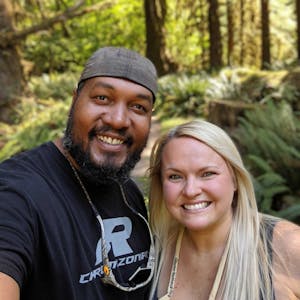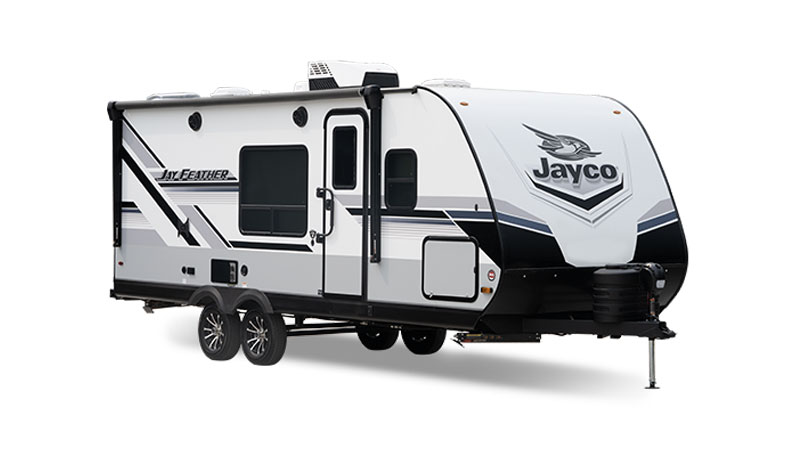Places To Visit
Start at Greenwood Rising History Center, click here for a peak inside. It was established to commemorate the history of Black Wall Street and the Tulsa Race Massacre. It serves as an educational resource and memorial, ensuring that the legacy of Black Wall Street is not forgotten. For more info visit www.greenwoodrising.org.
Walk down Archer Street, Greenwood Avenue, and Elgin Avenue to marvel at the amazing murals scattered throughout the Greenwood District. Stop at a local restaurant for some of the best bar-b-que you'll ever taste. If time permits, visit the best city park in the nation- Tulsa's Riverfront Park, The Gathering Place.
RV Camping Tips
If you're just passing through, the Expo Square RV Park is conveniently located in the middle of the city on the state fairgrounds offering full hookups for $50 nightly.
If you want a more traditional camping experience in a natural setting, we recommend Brush Creek Campground, an Army Corps of Engineers park, or Keystone State Park, both about 15 miles away from downtown Tulsa. Brush Creek is a large park situated on the Arkansas River with a 20-site campground open to the public and can be reserved at www.recreation.gov. With large sites, electric hookups, and scenic beauty, this campground has become one of our all-time favorite camping destinations.

Final Thoughts on Black Wall Street
As the campfire flickered under the starlit sky at Brush Creek, we found ourselves inspired by the stories of Black Wall Street and Greenwood Rising. The experience became more than just a camping trip; it became a pilgrimage of understanding, empathy, and appreciation for the strength of a community that, against all odds, continues to rise and rebuild.


















